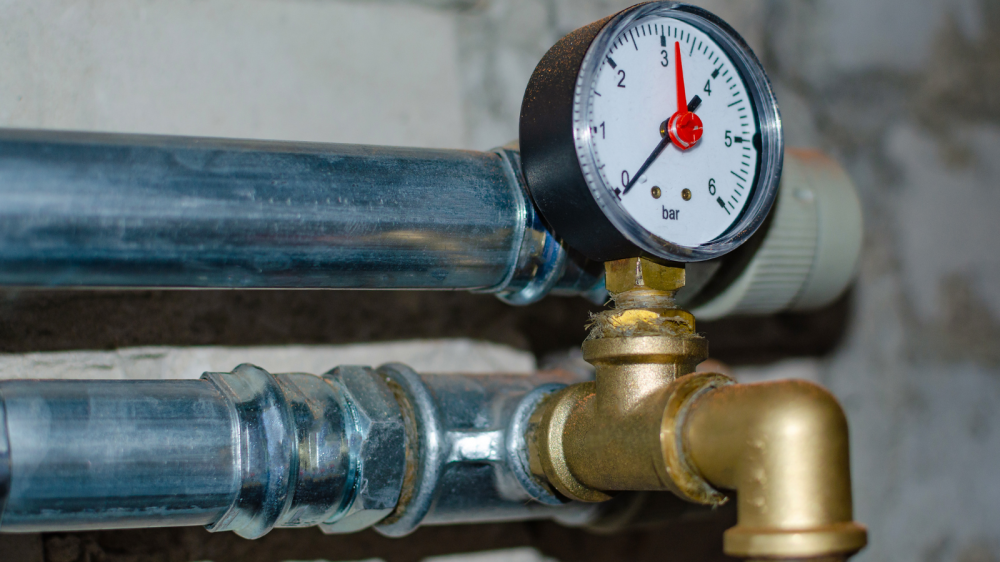What is the water filter sensor? (the reasons)

Why should we care about high water pressure?
When we think of water pressure being a problem, we usually think of low water pressure.
But while low water pressure causes us immediate inconvenience, high water pressure can lead to huge amounts of wasted water and thousands of riyals in repairs.
Worst of all, it is often discovered too late until the damage is done.
To successfully troubleshoot the filter sensor system, you must first determine the root of the problem.
The different parts of a filter sensor work together to provide clean water, so one problem may result from different components, and troubleshooting a water filter sensor requires a structured approach to eliminate potential problems.
Here's our guide to finding the right solution for your water filter sensor system .
What is the water filter sensor? (the reasons)
Water leakage problem from the pump

Most likely the reason for water leakage from the pump is that some dirt has settled in the drain pipe coming from the reverse osmosis unit to the filter sensor.
You can fix this by removing the pipe from the drain clamp and cleaning it of any impurities that caused the water leak.
You can also close the tank tap, if the water stops leaking after a few minutes, there is no problem with the water pump.
But if the water continues to leak, this means that you have a closed valve or the one-way valve (non-return valve) is not working.
Check valve

The one-way valve, or what is known as the non-return valve, is installed on the outlet hole of the pump and the valve, and is used to prevent return and protection.
It is also installed at the water tank inlet to prevent backflow after the pressure is reduced, if the valve is not there, the water pressure from the retained tank will simply leak into the two valves causing the water to run and drain constantly.
Pressure-gauge

This little tool is easy to use and can be obtained from most home appliance stores. It has an attachment that looks much like the end of a water hose and attaches to the faucet in the same way.
Find the faucet closest to the water source and make sure all your water fixtures and appliances are turned off. Connect the pressure gauge to the faucet (make sure it is secure) and turn on the water.
Give the pressure gauge a few seconds and then take a look at the gauge. Ideally, the water pressure is best measured between 40 and 60 psi. Anything over 80 psi you are in the danger zone

Failure to control high water pressure

The filter reverse osmosis system relies on a shut-off valve that engages when the tank reaches about two-thirds of the pressure of the incoming water
If the water pressure supplied to you is excessively high, the filter sensors will not balance, the stop system will not activate and leakage will occur.
Stay proactive
High water pressure usually takes time to cause serious damage to your home
Therefore, you must conduct continuous checks on the home plumbing system, detect leaks, and remain vigilant and concerned with regular maintenance of the tank and pipes in order to protect your home.
Taking care of problems before they turn into something bigger and worse is the best way to protect your home and the best way to save money.

